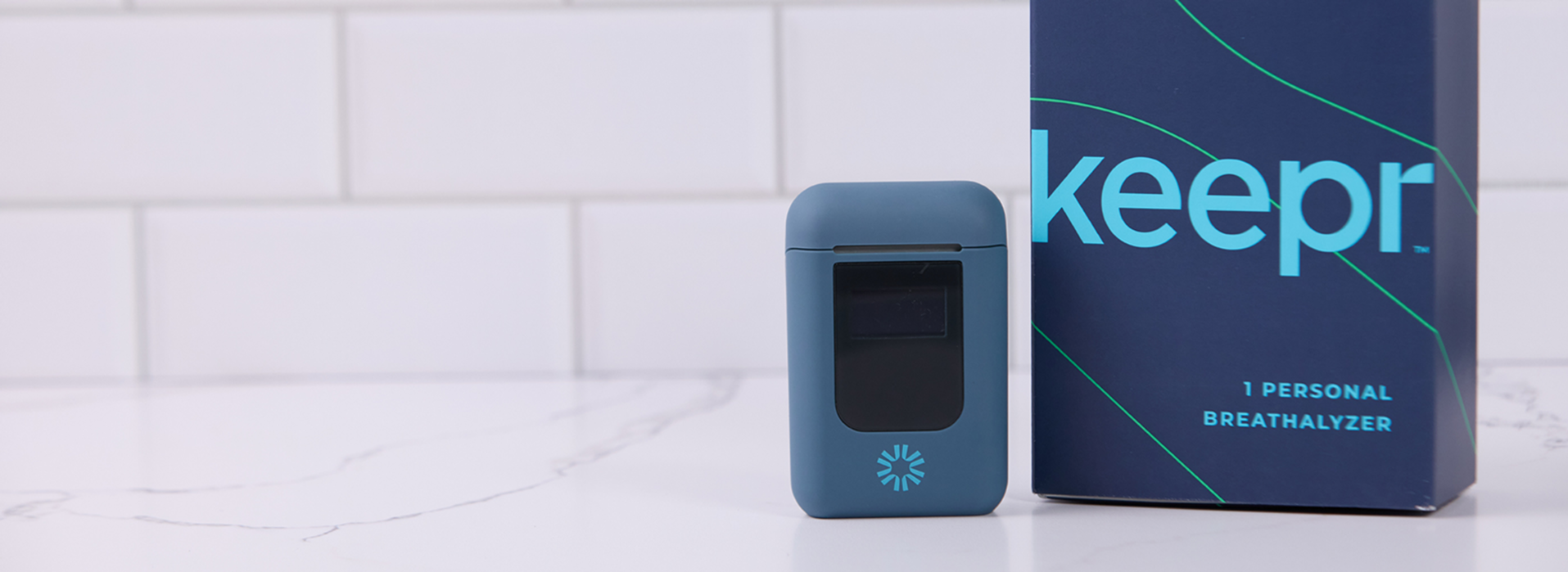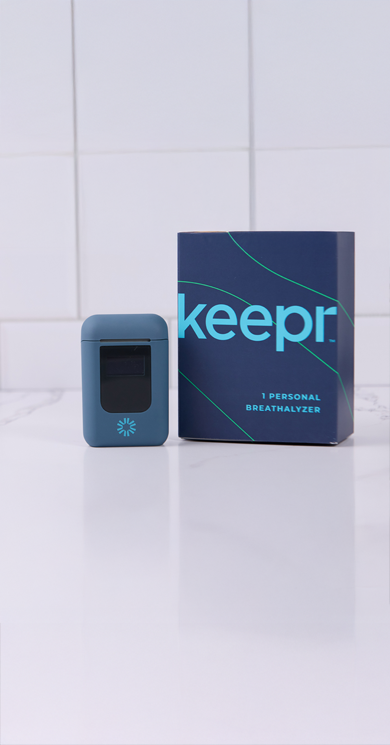

Know your BrAC level
Own your choices
The personal breathalyzer that integrates with your phone, your car, and your lifestyle.
Your reason. Your rules.
People use Keepr for all kinds of reasons. What’s yours?
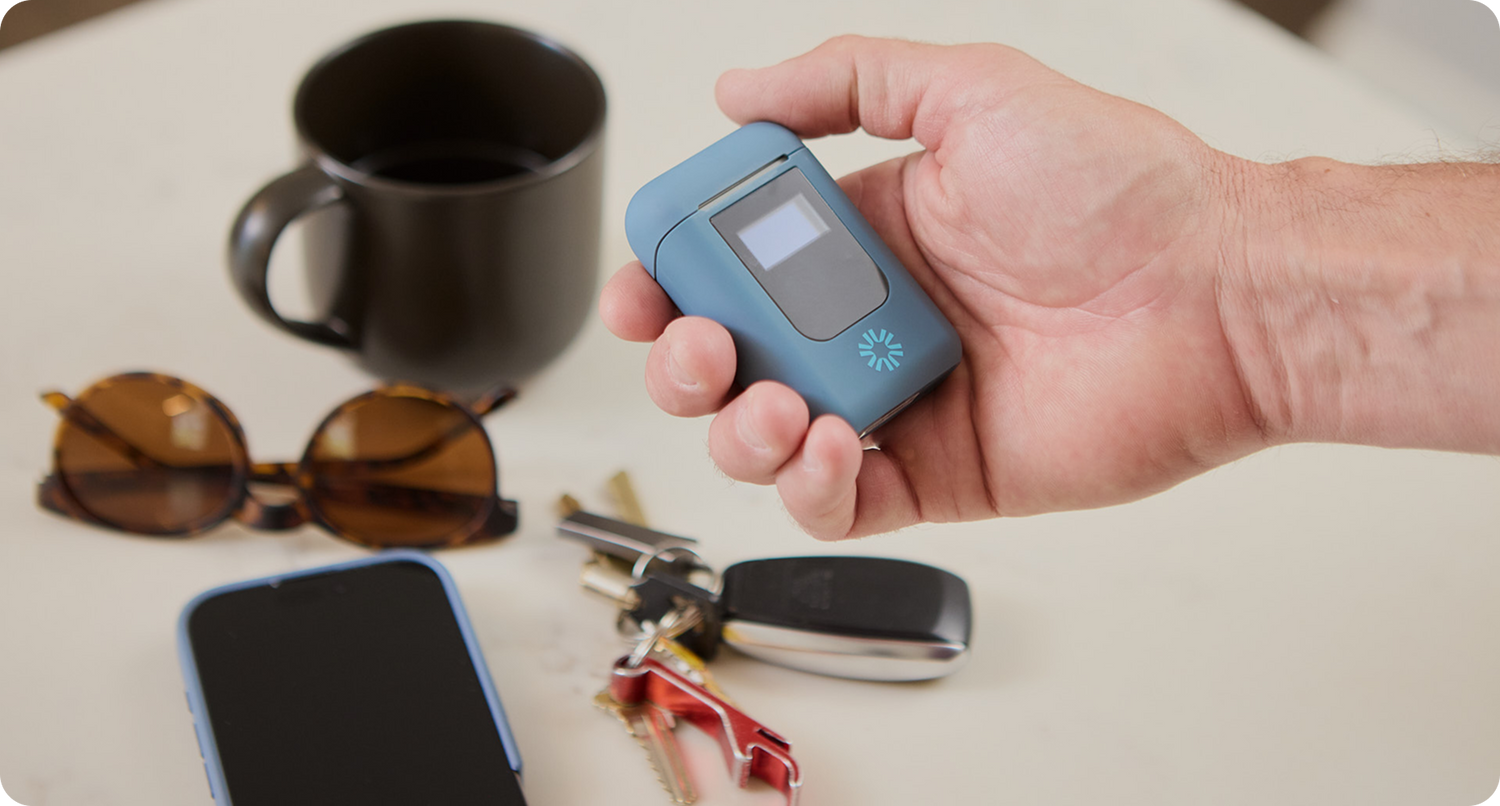

Phone. Keys. Wallet. Keepr.
Discreet, compact, and a 24+ hour battery life. Keepr was designed go with you wherever life takes you.
Why people choose Keepr

Drive Safer
Check breath alcohol before starting your vehicle.

Promote Wellness
Stay on track with goals—without judgment.

Stay Curious
Better understand how alcohol affects your health.
More than a number
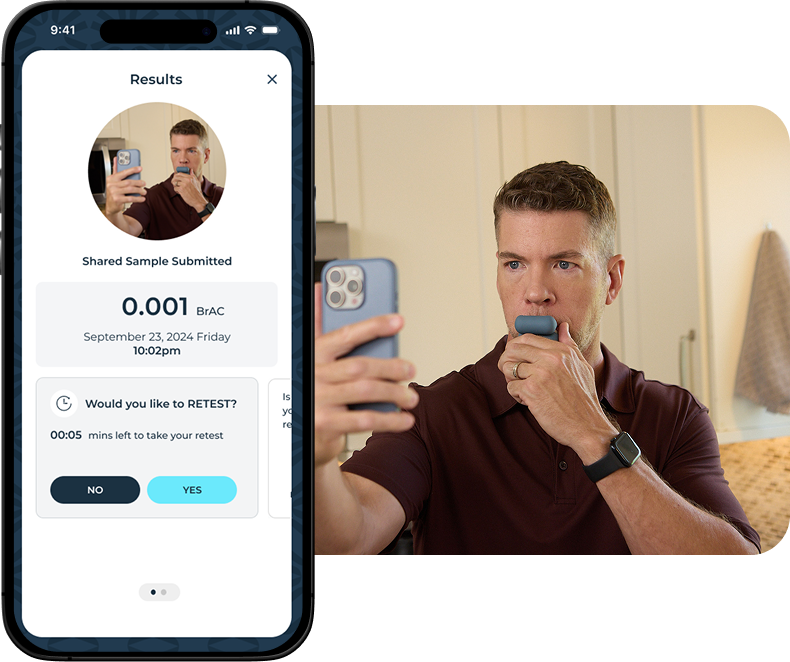
-
Test discreetly from anywhere
-
Log and review BrAC results
-
Track trends over time
- Shop Keepr
Safer starts with Mindr
Keepr’s technology and mission is backed by our parent company, Mindr. With over 35 years in alcohol safety and detection, we’re helping people take control over their lives and outcomes.
400K
Intoxicated vehicle starts prevented since 2020
1+ Million
Drivers we’ve helped regain their licenses
$2.9 Million
Financial aid provided year to date


Understanding BAC levels
The alcohol concentration in the breath is related to that in the blood, and, because of this, an individual’s blood alcohol content (BAC) can be estimated by measuring alcohol concentration in the breath. The ratio of breath alcohol to blood alcohol is generally estimated to be 2,100:1. This means sampling, 2,100 milliliters (mL) of breath will contain
approximately the same amount of alcohol as sampling 1 ml of blood.
For example, a BrAC of .05 would indicate anapproximate BAC of .05 g/100 mL, meaning that every 100 mL of blood contains 0.05 grams of alcohol.
| BAC | Dose-Specific Effects of Alcohol Based on the BAC Level at which the Effect Usually Is First Observed in an Individual |
| .010 - .120 | Overconfident or daring, shortened attention span, poor judgement, poor control, unpredictable, impulsive, careless, distracted, reduced awareness, reduced ability to distinguish shapes and details, reduced ability to process information. |
| .090 - .250 | Loss of judgement, difficulty understanding or remembering, increased reaction time, uncoordinated, poor balance, blurry vision, side vision impaired, loss of glare recovery, slurred speech, indecisive, unreasonable, vomiting, drowsiness, senses are dulled. |
| .180 - .300 | Confused, unaware of what they are doing or saying, dizzy, highly emotional, aggressive, withdrawn, overly happy, cannot see clearly, memory loss, tired, slurred speech, uncoordinated, staggering, higher threshold of pain. |
| .250 - .490 | Cannot stand, walk, move or respond to stimuli. Vomiting or loss of control of bodily functions. Coma or lapsing in and out of consciousness. Possible death. |
| .350 - .500 | Unconscious or coma. Pupils do not respond to light. Skin feels cool. Breathing is slower and shallower. Heart rate may slow. May die. |
| .500+ | Death. However, death may occur at a much lower BAC. |

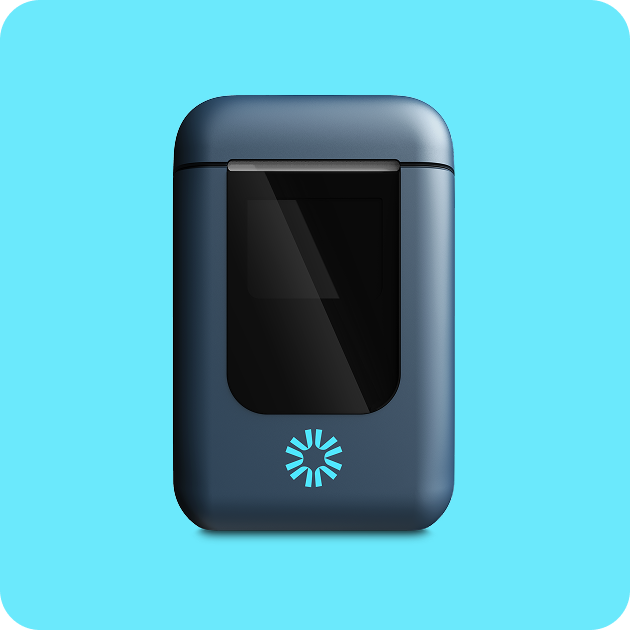
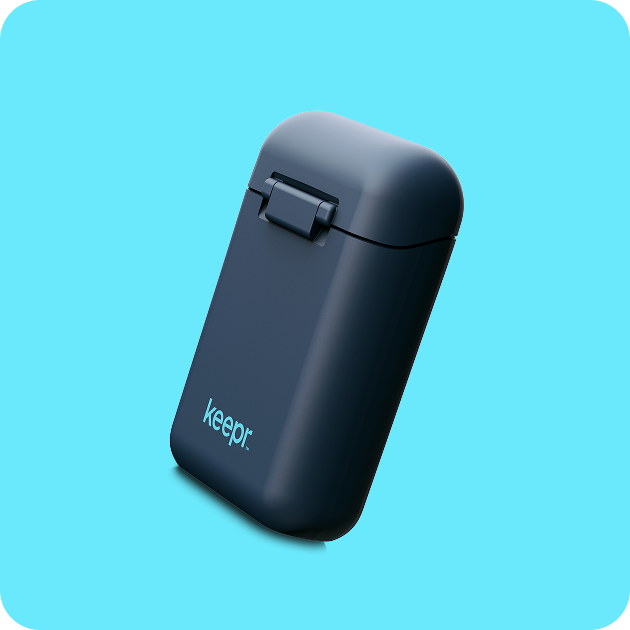
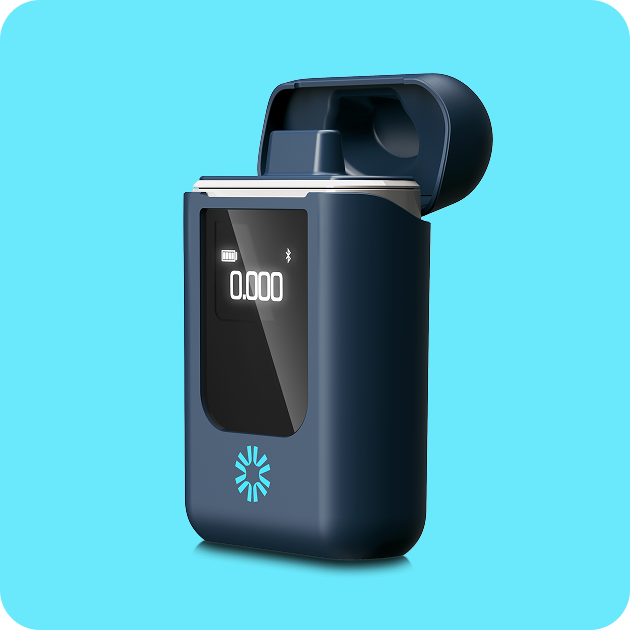
A compact, reliable breathalyzer that pairs with the Keepr app to track your readings. One-time purchase, no subscription required — just plug in, breathe, and stay on track.
Find the Keepr that’s right for you
Flexible subscription options for solutions tailored to your unique needs.
Shop Now